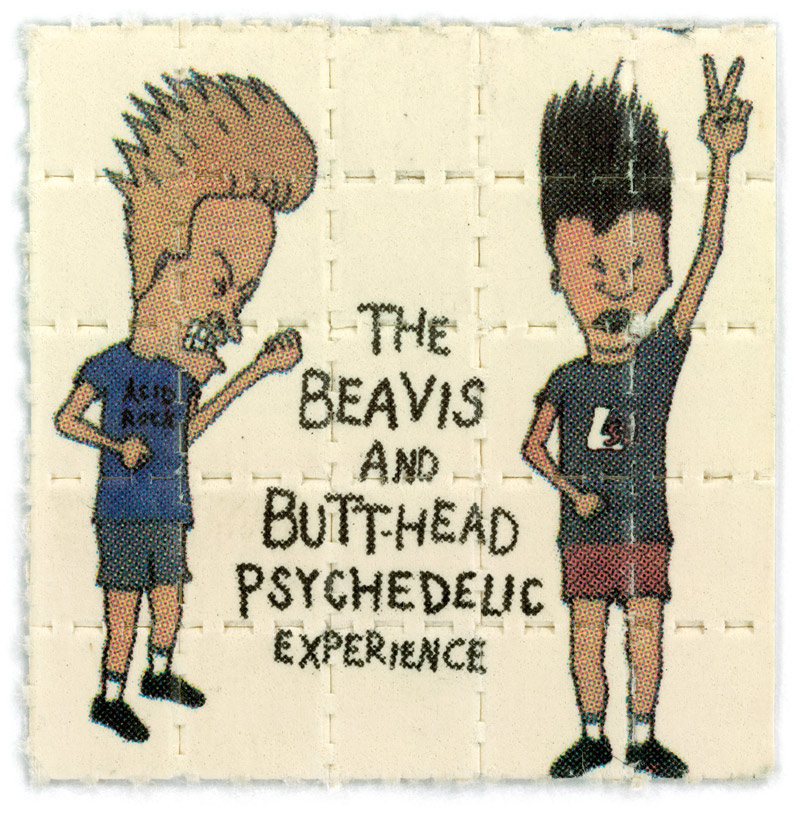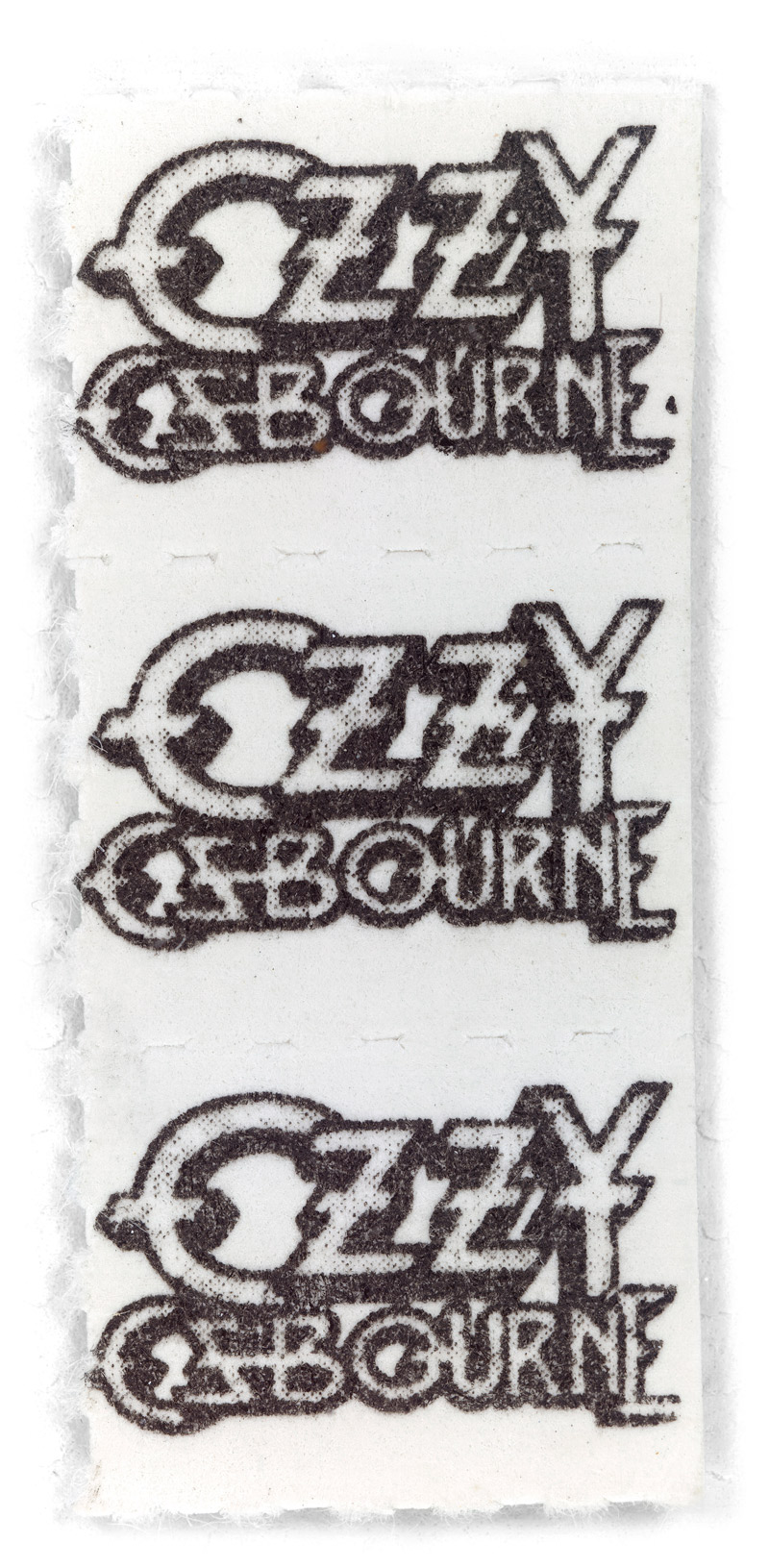Myths emerge from the murky depths of human prehistory, leaving their sources shrouded in mystery. But on rare occasions, we can trace them to a single point of origin. The myth of Atlantis, for example, the ancient civilization that supposedly sank into the sea, has one and only one source — Plato — who told the story in both the Timaeus and Critias, sometime around 360 BC, as an allegory for corruption and civilizational decay.
Plato puts the tale of Atlantis nesos, the “island of Atlas,” in the mouth of the aged Critias, a character in both dialogues, who says he heard the story second-hand from Solon — “not only the wisest of men, but also the noblest of poets” — who in turn brought it from Egypt, where he supposedly heard it from a priest in a city called Sais.
As you can hear in the dialogue that bears his name, read above in the Voices of the Past video, Critias gives a lengthy description of the island’s size (in Timaeus it is “larger than Libya and Asia put together”), its location (“the Pillars of Heracles”), and its geography, cities, peoples, and so forth. In Timaeus, Socrates declares that this tale (unlike his imaginary republics) “has the very great advantage of being fact not fiction.”
But there was never such a place in the ancient world. While islands have disappeared after earthquakes or volcanoes, “I don’t think there’s any question,” says geologist Patrick Nunn, “that the story of Atlantis is a myth.” Plato made up the lost civilization and formidable rival to Athens, who soundly defeated the Atlanteans, as a dramatic foil. “It’s a story that captures the imagination,” says Bard College professor of classics James Romm. Its purpose is illustrative, not historical.
[Plato] was dealing with a number of issues, themes that run throughout his work. His ideas about divine versus human nature, ideal societies, the gradual corruption of human society — these ideas are all found in many of his works. Atlantis was a different vehicle to get at some of his favorite themes.
Why has there been so much desire to find Plato’s account credible? Early modern European readers of Plato like Francis Bacon and Thomas More — authors of The New Atlantis and Utopia, respectively — treated Atlantis as philosophical allegory, a fiction like their own invented societies. But later interpreters believed it, from amateur scholars to colonial adventurers, explorers, and treasure hunters. Atlantis, wherever it is, some thought, must be full of sunken gold.
National Geographic quotes Charles Orser, curator of history at the New York State Museum in Albany, who says, “Pick a spot on the map, and someone has said that Atlantis was there. Every place you can imagine.” Yet whatever similarities it may have had to a real place, Plato’s yarn was strictly parable: Its inhabitants were once divine. “Sired and ruled over by Poseidon, and thus half-gods and half-mortals,” writes Aeon, they “despised everything but virtue.”
But Atlantis grew corrupt in time, Critias tells us, “when the divine portion began to fade away, and became diluted too often and too much with the mortal admixture, and the human nature got the upper hand, they then, being unable to bear their fortune, behaved unseemly, and to him who had an eye to see grew visibly debased, for they were losing the fairest of their precious gifts; but to those who had no eye to see the true happiness, they appeared glorious and blessed at the very time when they were full of avarice and unrighteous power.”
Related Content:
Mythos: An Animation Retells Timeless Greek Myths with Abstract Modern Designs
Ancient Philosophy: Free Online Course from the University of Pennsylvania
Orson Welles Narrates Animations of Plato’s Cave and Kafka’s “Before the Law,” Two Parables of the Human Condition
What is the Good Life? Plato, Aristotle, Nietzsche, & Kant’s Ideas in 4 Animated Videos
Josh Jones is a writer and musician based in Durham, NC. Follow him at @jdmagness.














